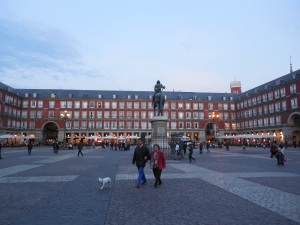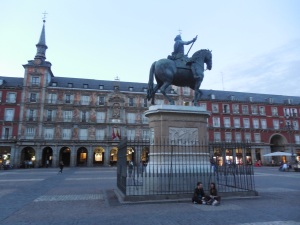
Those who follow the Winter Olympics know that Lake Placid, New York was the host location for the 1932 and 1980 games. Today, Lake Placid still keeps its Olympic legacy to winter sports thriving, and one of the best ways to see this history up close is at the Lake Placid Olympic Museum.
The Lake Placid Olympic Museum has a collection of artifacts, memorabilia, and photographs relating to these games plus the Olympians whose names are still recognized today. Of course, Lake Placid’s place in these chapters is acknowledged as well.
Olympic memorabilia on display runs from athletic gear to clothing, and, of course, medals. Objects include a selection of attire worn by Team USA during the opening ceremonies, torches, helmets, and equipment. Within this area, the museum will also be ushering in permanent exhibit fixtures. One of them will be focusing on speed skating, a sport that Lake Placid knows well (the village has a speed skating club). Another planned new exhibit involves the Miracle on Ice, the 1980 medal-round match in which the U.S. Men’s hockey team defeated the Soviets.
Another noted athlete featured in the museum is Sonja Henie, a Norwegian figure skater who won her second gold medal in Lake Placid. Henie, who became a three-time Olympian, retired from her sport and went on to pursue a film career in Hollywood and appeared in a number of films. She also was a smart businesswoman in that she implemented what we now call “branding” in that her image appeared on various merchandise like dolls. She also appeared on a Wheaties box.
Here’s a fact: Did you know that ever since the first Winter Olympics, held in 1924 in Chamonix, France, has competed in each game, to date? Plus Lake Placid native Charles Jewtraw holds the distinction of winning the first gold medal at Chamonix. You’ll see his picture too. Notability also extends to the Shea family. Its three generations participated in the Winter Olympics: the late Jack Shea, the family patriarch who won gold twice for speedskating in the 1932 games; his son, Jim Shea, who competed in the Nordic combined and two cross-country ski races at the 1964 Innsbruck Games; and his grandson, Jim, a 2002 Olympian in skeleton.

The Lake Placid Olympic Museum is housed inside the Olympic Center, which also contains the ice rink where the Miracle on Ice occurred. It’s now named the Herb Brooks Arena, after the team’s late coach. It also holds the 1932 Jack Shea Arena and the USA Rink. The building itself overlooks the Olympic Skating Oval, where speed skater Eric Heiden won five gold medals in 1980, and where visitors can pay to skate on today. The museum is open on most days, except Thanksgiving, Christmas, and Iron Man Sunday, a triathlon event.
Another symbol from 1980 Winter Games still standing is the Olympic torch. Or more formally called “1980 Olympic Flame Cauldron.” It’s located at North Elba Show Grounds on Cascade Road, where now horse shows are held at the end of June and the start of July.








































